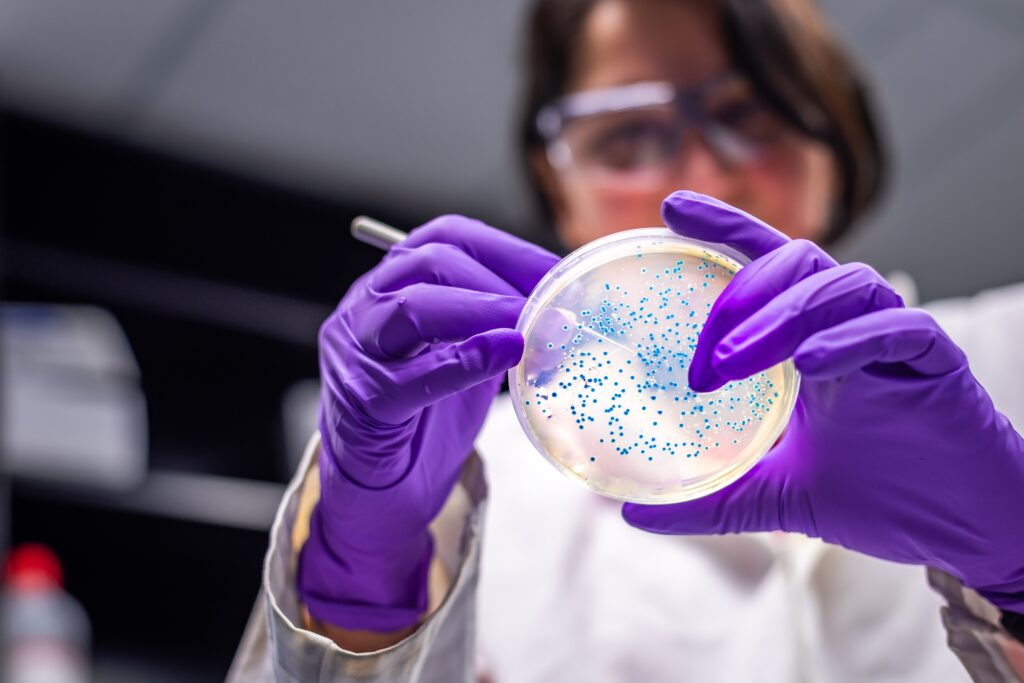Introduction
- The importance of proper disposal of petri dishes with bacteria
- The potential risks of improper disposal
Petri dishes are a fundamental tool in microbiology labs, used to grow bacteria and other microorganisms for research, clinical diagnosis, and treatment. However, the bacteria and other microorganisms cultivated in petri dishes can pose a health risk if not disposed of properly. In this article, we will discuss the different methods for safely disposing of petri dishes with bacteria.
Types of Bacteria and Petri Dish Waste
- Types of bacteria commonly grown in petri dishes
- The different types of waste generated by petri dishes
Petri dishes are commonly used to culture a range of microorganisms, including bacteria, fungi, and viruses. The type of bacteria grown in a petri dish will determine the level of hazard posed by the waste. For example, some bacteria, such as Bacillus anthracis (the bacterium that causes anthrax), can be highly infectious and pose a significant risk to public health. Petri dishes are also made of plastic or glass, and therefore, must be disposed of as hazardous waste.
Safety Considerations
- Potential hazards associated with handling petri dishes with bacteria
- Recommended safety equipment and protocols
Petri dishes with bacteria pose a risk of infection to laboratory workers, the public, and the environment. Therefore, it is essential to follow the recommended safety protocols when handling, transporting, and disposing of petri dishes with bacteria. Recommended safety protocols include wearing personal protective equipment (PPE) such as gloves and lab coats, handling petri dishes with care, and labeling the waste.
Disposal Options
- Different methods of disposal, including autoclaving, incineration, and chemical treatment
- The benefits and drawbacks of each method
Several methods can be used for disposing of petri dishes with bacteria, including autoclaving, incineration, and chemical treatment. The method used will depend on the type of bacteria, the volume of waste, and the availability of equipment.
Autoclaving Procedure
- Detailed steps for disposing of petri dishes with chemicals
- Chemical safety considerations and protocols
Autoclaving is the most common method for disposing of petri dishes with bacteria. Autoclaving involves heating the waste to high temperatures and pressures, which kill the bacteria and other microorganisms. Before autoclaving, the petri dishes must be emptied of all bacterial cultures and sterilized. The autoclave should be operated according to the manufacturer’s instructions and safety protocols.
Chemical Treatment Procedure
- Detailed steps for disposing of petri dishes with chemicals
- Chemical safety considerations and protocols
Chemical treatment is another method for disposing of petri dishes with bacteria. Chemical treatment involves treating the waste with chemicals that kill the bacteria and other microorganisms. The chemicals used must be appropriate for the type of bacteria being disposed of and must be handled according to the manufacturer’s instructions and safety protocols. After the chemical treatment, the waste must be disposed of as hazardous waste.
Incineration Procedure
- Detailed steps for preparing petri dishes for incineration
- Incineration safety considerations and protocols
Incineration is a method for disposing of petri dishes with bacteria that involves burning the waste at high temperatures until it is reduced to ash. Incineration is a highly effective method for destroying bacteria and other microorganisms. However, it requires specialized equipment and should only be done by trained personnel.
Compliance with Regulations and Guidelines
- National and local regulations and guidelines for disposing of petri dishes with bacteria
- The consequences of non-compliance
Disposing of petri dishes with bacteria is subject to national and local regulations and guidelines. It is essential to comply with these regulations and guidelines to protect public health and the environment. Failure to comply with regulations and guidelines can result in fines, legal action, and damage to the reputation of the laboratory or institution.
Conclusion
- The importance of proper disposal of petri dishes with bacteria to protect public health and the environment
- The benefits of following proper safety protocols and regulations for waste disposal.
Proper disposal of petri dishes with bacteria is crucial to protect public health and the environment. The methods for disposing of petri dishes with bacteria include autoclaving, chemical treatment, and incineration. It is essential to follow the recommended safety protocols and comply with regulations and guidelines when disposing of petri dishes with bacteria. By following these guidelines, laboratories and institutions can help prevent the spread of infectious diseases and protect the health and well-being of the public.


